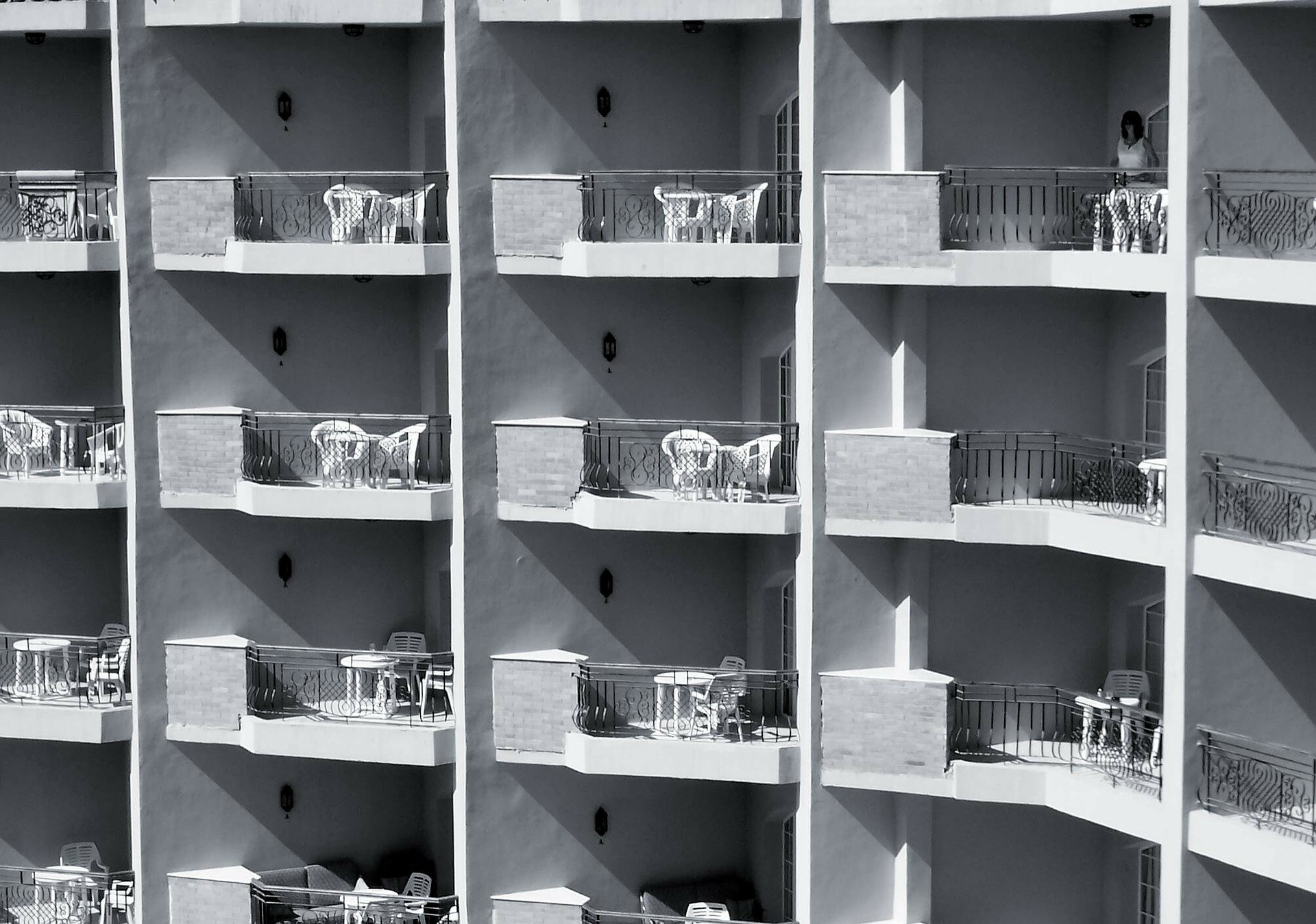
Partition walls are a quick and easy way to create extra space that you can use for various reasons. Whether you’re looking to get rid of clutter or want to convert an unused bedroom into a home office, there are some important things you need to know before getting started on your project.
Installing a c-stud partitioning does not have to be difficult. Here are some quick tips to guide you:
-
Start with ensuring that some important factors are in place. For instance, you should ensure that the partition wall is fire resistant, can withstand impact, is stable, and can support some fixtures. It should also be as light and thin as possible.
-
Grab all your tools and pieces of equipment. These include your c-stud, tape measure, aviation snips, floor and ceiling tracks, plasterboard, Stanley knife, wafer head screws, fine thread drywall screws, pencil for marking measurements, and any other tool you may need.
-
Before anything else, you want to identify where you want the c-stud wall to be. Indicate on the floor with a pencil marking.
-
Get your U track and resize according to the length of the wall. Screw the U track to the floor at 600mm where you made a marking earlier.
Pick your screw based on the material that you’d be screwing into. It could be wood, concrete, other metal.
-
Measure the wall already standing and resize the stud according to that measurement. Make it about 3-5mm shorter so that it fits well into the track. Fix the stud wall in the track and ensure it is vertically upright and aligns well with the existing wall. As you did before, use screws that work well with the surface you’d be screwing into.
-
Get a U track again and resize to the length of the wall stud. The floor and ceiling tracks must be exactly straight. Then get another stud wall and fix it at the ends of both the floor track and wall stud to keep the ceiling track in the right position. You can now fix the track to the ceiling at 600mm intervals.
-
The stud which you used to keep the ceiling track in position should now be fixed at the end of the floor and ceiling tracks. Use a wafer head screw to fasten them in place.
Resize and insert the other studs accordingly. Place studs at centers half or one-third of the width of your plasterboard. For instance, if your plasterboard is 1200mm, affix the studs at 400 or 600 centers.
-
Accurately fit the plasterboard. You must fix the studs at every 400 or 600mm to prevent them from being unsteady on either side. Resize your plasterboard to the corresponding length. Fit a 400 or 600mm width of plasterboard and connect to the stud next to the standing wall. On the other end connect to another stud and fasten with fine thread drywall screws.
-
Move to the other side of the wall and attach full-width plasterboard against the standing wall’s stud. Then fix full-width boards throughout the wall and fix plasterboard sheets to all the vertical studs.
You can now take a step back and admire your wall.








